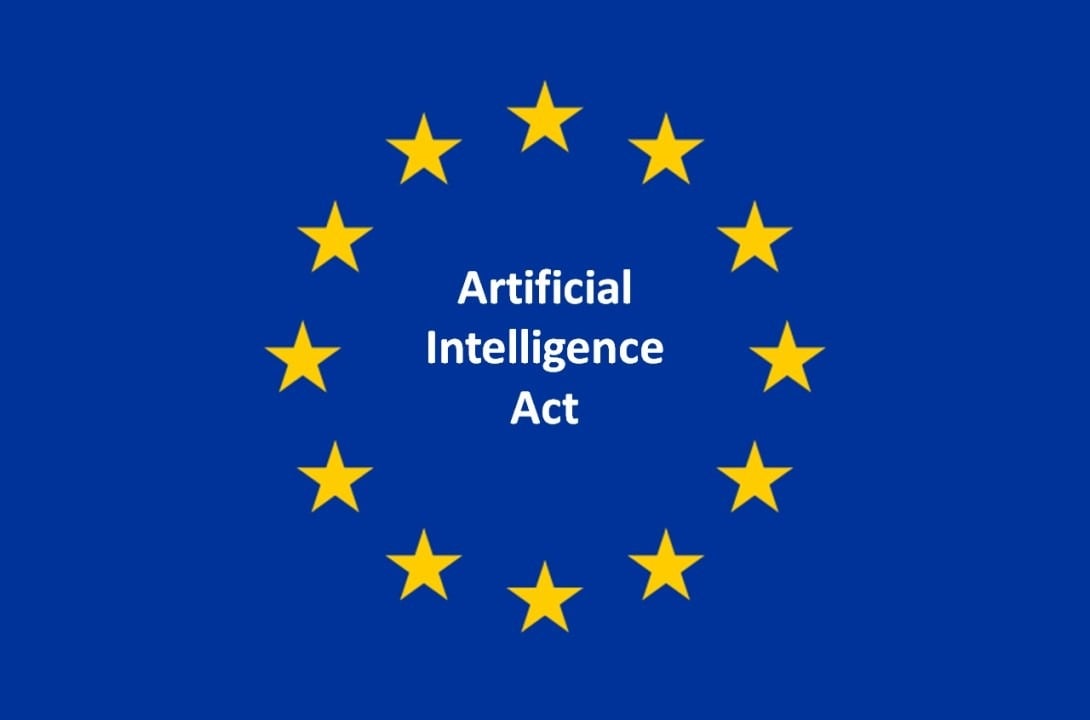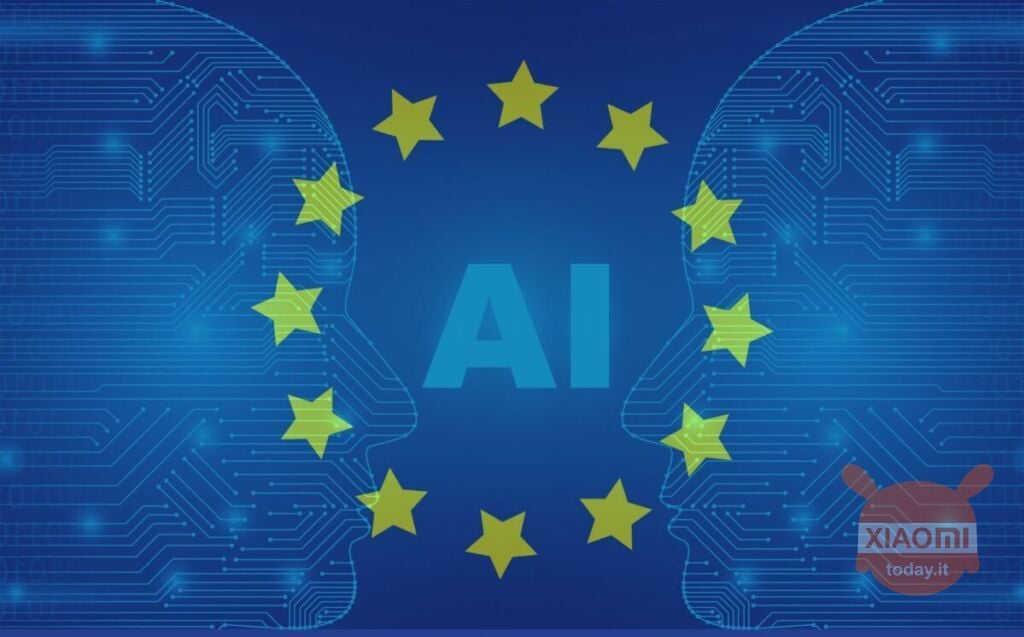
In a decisive step towards the regulation of artificial intelligence, the European Union establishes a previous . The passage of the AI Act marks a key moment, setting the stage for a balance between safety, fundamental rights and technological innovation. This legislation aims to guide the development and use of AI by introducing stringent requirements for systems considered high risk and outlining clear prohibitions for those deemed a threat to human rights.
Topics of this article:
What is the EU AI Act?
The regulation in question is an innovative regulatory framework of the European Union for govern the development and use of artificial intelligence systems. Not without finding some snags though. This makes the EU the first major global power to establish binding rules for rapidly evolving AI technology, aiming to ensure that AI-powered systems deployed in the EU market are safe, respect fundamental rights and are aligned with EU values, while promoting investment and innovation.
Why is the AI Act important?
This act is significant because, unlike many countries and international organizations that have only proposed guidelines voluntary or codes of conduct for AI, the EU approach is binding, setting a precedent for the regulation of generative technology across Europe. It reflects the EU's commitment to balancing innovation with safety and ethical considerations in the field of artificial intelligence.

What are the key points of the AI Act?
There are several key points on which the AI Act is based. I have tried to summarize them as clearly as possible below:
- risk-based approach: the regulation classifies AI systems based on their potential risk to society, from minimal risk to unacceptable risk, with stricter regulations for high-risk categories;
- high-risk AI systems: High-risk AI applications, such as those in critical infrastructure, education, employment, law enforcement and other sectors, must comply with rigorous requirements, including risk mitigation systems, high-quality datasets, activity logs, detailed documentation and robust, accurate and secure operations;
- prohibited practices: Bans AI systems considered a threat to people's fundamental rights, including manipulative applications and social scoring by governments or companies (as in China);
- risks specific: Generative AI-based systems such as chatbots must clearly disclose interactions with machines, and deepfakes or other AI-generated content must be labeled consequentially;
- sanctions for non-compliance: Violations can result in fines ranging from 7,5 million euros or 1,5% of annual turnover to 35 million euros or 7% of global turnover. How the EU AI Regulation addresses the biometric identification and surveillance? The regulation considers biometric identification systems, particularly those used for real-time facial recognition in public spaces by law enforcement, to be high risk and, in some cases, prohibits their use. However, exceptions are made for critical scenarios, such as preventing imminent terrorist attacks or searching for missing persons, provided that strict conditions are met.
How is biometric identification and surveillance addressed?
The AI Act considers biometric identification systems, particularly those used for real-time facial recognition in public spaces by law enforcement, high risk and, in some cases, prohibits their use. However, exceptions are made for critical scenarios, such as preventing imminent terrorist attacks or searching for missing persons, provided that strict conditions are met.
What are the criticisms?
Critics have raised concerns about the AI Act. Business representatives argue that the regulations could impose additional burdens on companies, while privacy advocates fear that the regulation's provisions related to real-time facial recognition and public biometric surveillance may legalize invasive surveillance practices, despite the European Parliament's efforts to limit such measures.
When will the AI Act come into force?
AI is expected to be fully approved by April 2024, after which it will be implemented in subsequent phases. Now all that remains is the vote in the European Parliament. The bans will come into force six months after approval, while the rules for the core models will follow six months later, meaning that full implementation will take around a year after its final approval.








